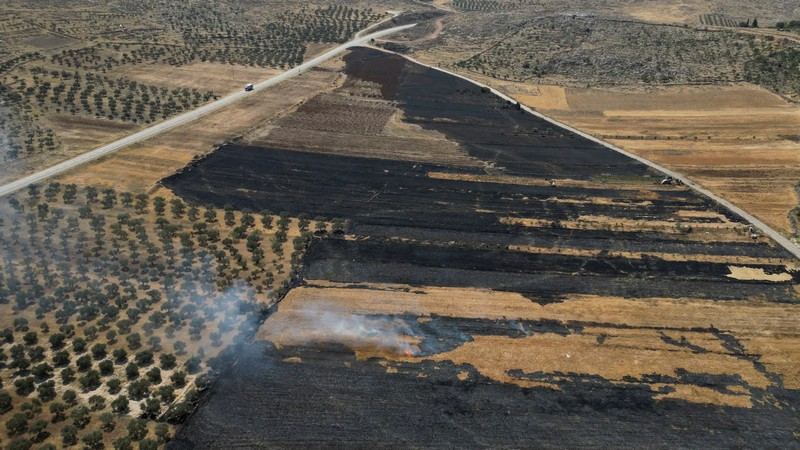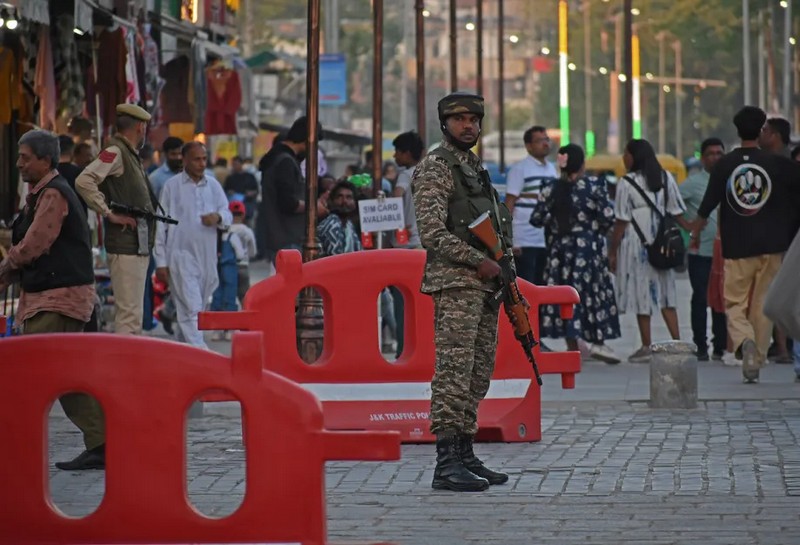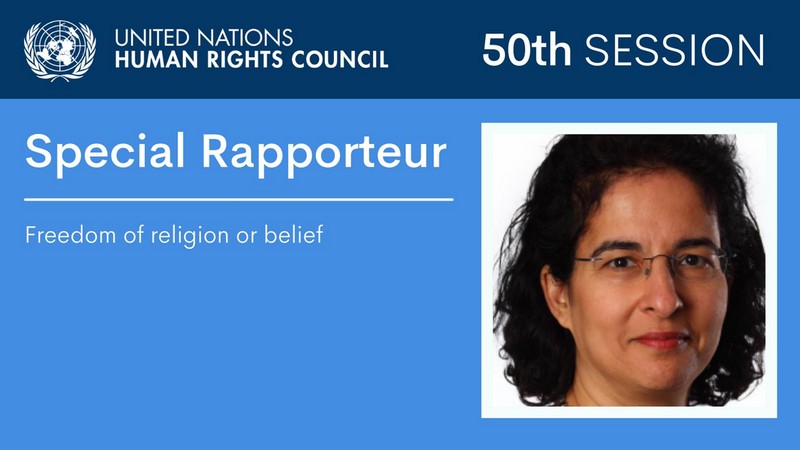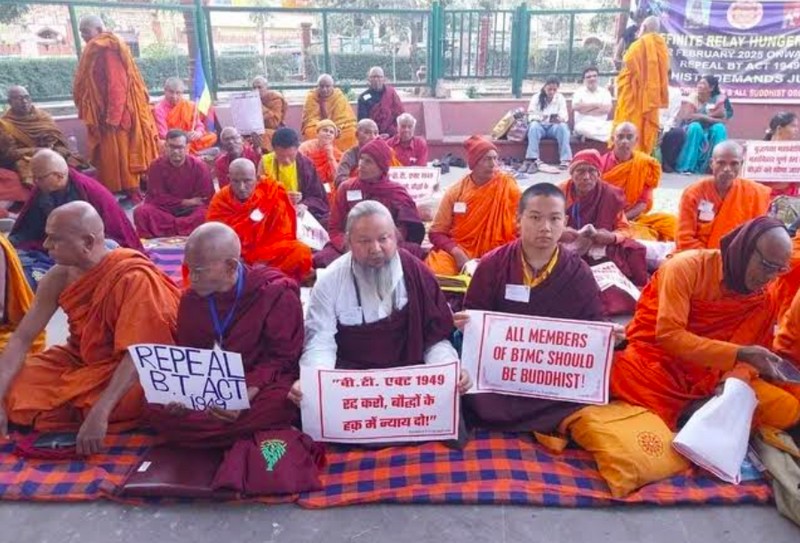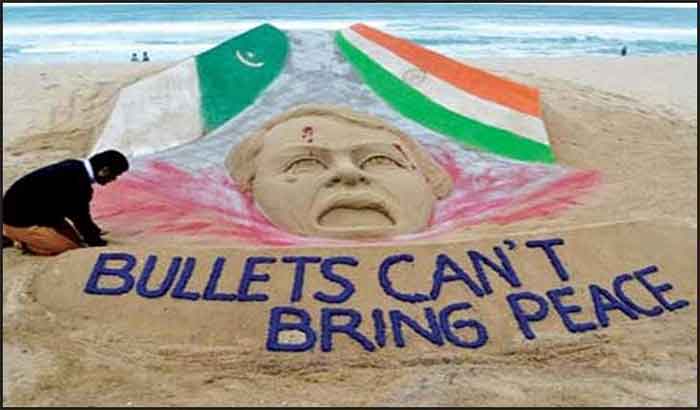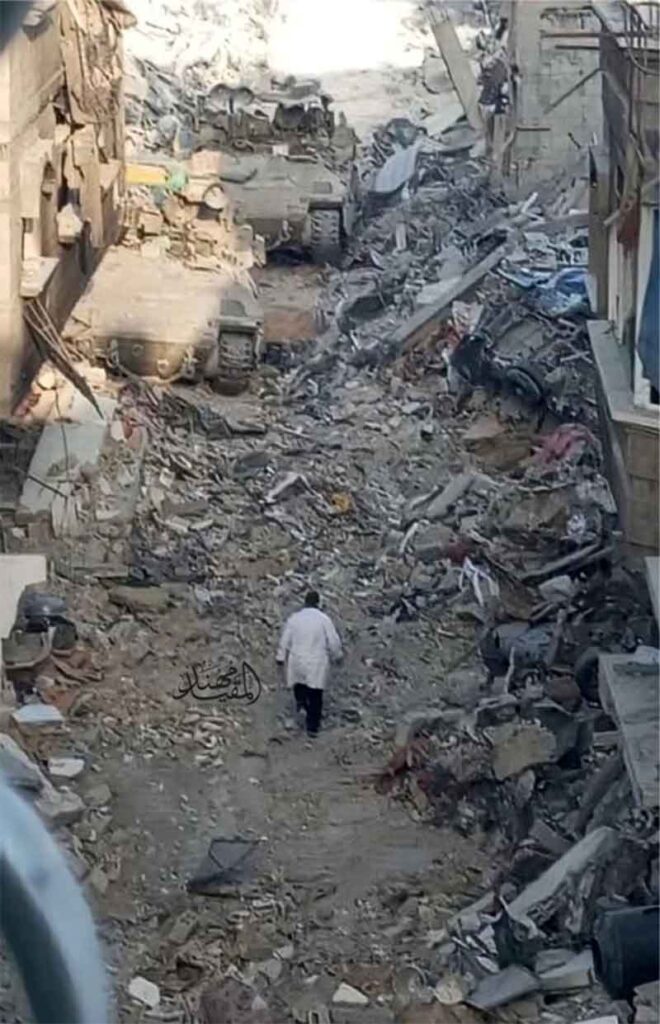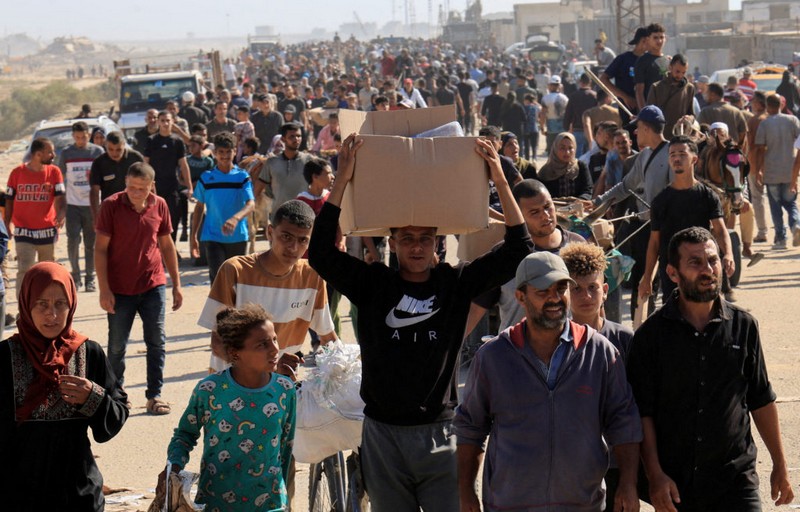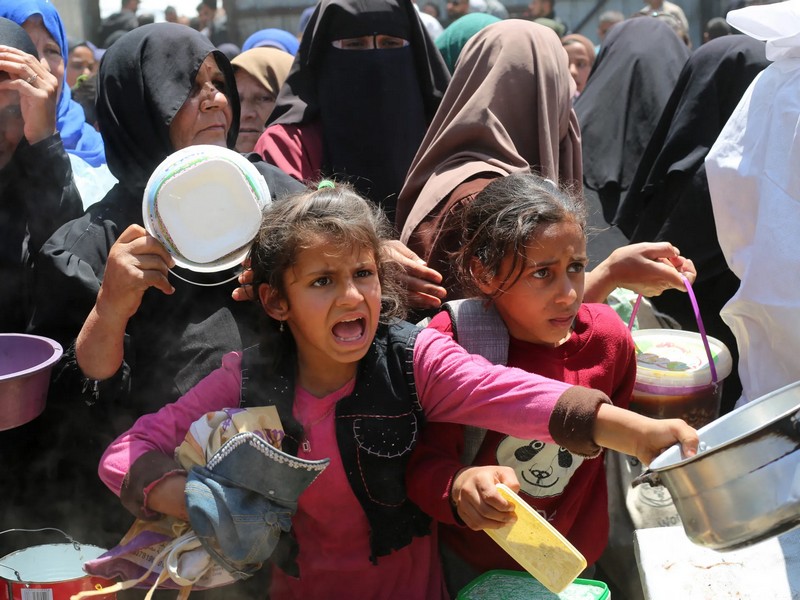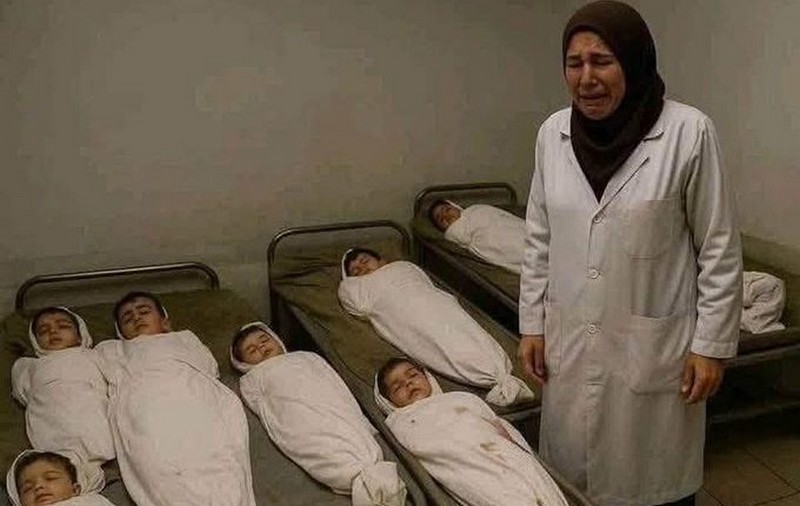By Mazin Qumsiyeh
Writing these blogs and acting on the ground—even under colonial boot from Bethlehem, Palestine, birthplace of the Prince of Peace—and receiving answers and actions is what gives us hope.
The Zionist regime attacked the aid ship Madleen and kidnapped the crew in international waters on the anniversary (June 8) of their deliberate attack on the USS Liberty, also in international waters.
(See: https://ussliberty.org/)
Watch: YouTube Live Stream
CNN Coverage: https://edition.cnn.com/2025/06/08/middleeast/freedom-flotilla-gaza-aid-ship-thunberg-intl-hnk
Who is Madleen, the woman for whom the hijacked aid ship was named?
https://www.youtube.com/watch?v=od_NQ8RjQUc
[Write to your governments, media, and influencers to expose this apartheid, genocidal regime.]
Genocide and attacks on dissent and peaceful humanitarian activists are not signs of strength—but of failing regimes (whether Israel or the US). Oligarchic leadership is tearing down the last remnants of supposed Western democracies by even preventing free speech or criticism of genocide (calling it “anti-Semitic”). The fact that one can critique God but not racism/Zionism shows the absurdity of trying to sustain genocide policies. These actions only reveal how these states are fraying and on the verge of collapse—just look at demonstrations in major US cities. Supporting genocide is the straw that’s breaking the camel’s back.
European great powers (England, Germany, France) are now committing 5% of their GDP on weapons—to please Israel and the US. They continue supporting genocide even as it weakens their own economies. The people in these countries overwhelmingly demand a change in policy, but their so-called leaders fail to grasp the tectonic shift happening beneath them.
The epicenter—“Israel”—is also disintegrating before our eyes. Ori Goldberg stated:
“Israeli politics are imploding. Most parties, including the ultra orthodox ones considered wedded to Netanyahu, are leaving the sinking ship of his government. They are not humanitarians; they smell blood in the water. Time for an international coup de grâce.”
The attack on the Madleen ship reveals the paranoia and crumbling confidence of a regime lashing out.
All of this stems from the unsustainable idea of transforming a pluralistic Palestine into an ethnocentric, chauvinistic nation-state called “Israel,” a project the racists believe can be completed through ongoing genocide and ethnic cleansing.
Should the US shed the Zionist parasite and honestly address its history (slavery, Native genocide, Vietnam, etc.), there may still be hope for a functioning state. Should Europe develop a backbone to resist imperialism and Zionism and confront its own dark history, a new European renaissance might still be possible. Should more Jews reject Zionism/colonialism and embrace shared humanity, there may yet be hope to rescue Judaism itself.
Times are changing. The world is growing sick of Zionists and their racism. Empires do not last. Time is on our side. It is only horrific and tragic that the murder of tens of thousands of Palestinian civilians—half of them children—is what it’s taking to end this charade.
Related links:
Robert Reich’s essay: https://robertreich.substack.com/p/a-time-for-non-violent-civil-disobedience
Scott Ritter interview: https://youtu.be/hexfCC0ABQg
(See also my previous posts including those by Jeffrey Sachs.)
Statement by the One Democratic State Campaign (ODSC)
The ODSC reiterates its principles in light of upcoming conferences and programs organized by others attempting to address future scenarios after this current wave of genocide. We emphasize that our principles and goals are clear, and they represent the only possible path forward to peace and justice—and thus to avoiding future conflict and violations of human rights.
The events of the last two years have shown that the Palestine problem is not just local—it is regional and global. The program we have articulated will lead to a prosperous future for all people in our region, and by extension, globally.
This program includes:
A single constitutional democracy
Implementation of the right of return
Restitution and reintegration of Palestinian refugees
Economic justice
Construction of a shared civil society committed to human rights, justice, and peace
We urge all people of good will, regardless of background, to join this campaign.
As we have previously stated:
“On a global level, the ODS Campaign views itself as part of the democratic and progressive forces striving for an alternative global order that is pluralistic, sustainable, just, egalitarian, humanistic, and free of exploitation, racism, intolerance, oppression, wars, colonialism, and imperialism.”
Join us: https://onestatecampaign.org/
Critique of the Gaza Humanitarian Foundation (GHF)
The “Gaza Humanitarian Foundation” [GHF], a joint American-Israeli aid group, has been criticized for its Hunger-Games-style aid handouts—designed to sideline the UN as the primary food supplier in Gaza.
GHF Executive Director is the anti-Muslim “Reverend” Johnnie Moore, who publicly stated:
“We are committed to building a great wall of Christian Zionism. The UN needs to be held accountable as it has been hijacked by anti-Semites and Christian persecutors.”
Voices from Gaza
Gaza bloggers on Eid (Arabic – sad to watch):
https://youtu.be/3OqEglGDnKA
Jere, a 16-year-old fluent English speaker:
https://www.youtube.com/shorts/E8JHDy-trwA
Stay Humane and Keep Hope Alive
9 June 2025
Mazin Qumsiyeh
A Bedouin in cyberspace, a villager at home
Professor, Founder, and (volunteer) Director
Palestine Museum of Natural History
Palestine Institute of Biodiversity and Sustainability
Bethlehem University
Occupied Palestine
http://qumsiyeh.org

